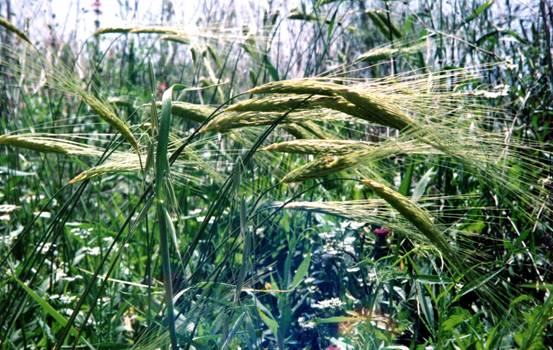In the mid-1970s, Nevo started a long-term research program on the exploration, sampling, evaluation, conservation, and utilization of wild germplasms, primarily of wild cereals (wheat, barley, and oats) and later wild lettuce for crop improvement. In this program, more than 10,000 genotypes have been tested for allozyme variation of 30-50 enzymatic genes and partly for DNA variations. In addition, a battery of agronomic traits, including abiotic and biotic resistances, has been evaluated in these genotypes. Resistant and elite genotypes have been bred into hexaploid bread wheat and cultivated barley generating improved cultivars now grown extensively in the USA and Europe. Currently, the wild germplasm is utilized to generate new cultivars in Israel. These studies advanced the idea that the best hope for crop improvement resides in the highly adapted and variable wild germplasms that can be
utilized by classical breeding and modern biotechnology for crop improvement. Salt, herbicide, drought, and rust-resistant genes in wild barley and wheat have been chromosomally mapped and are currently in the process of active cloning and genetic transformation. These studies are currently being extended into the examination of extensive mapping and ancient DNA in an attempt to unravel the molecular genetics and evolution of domestication.

